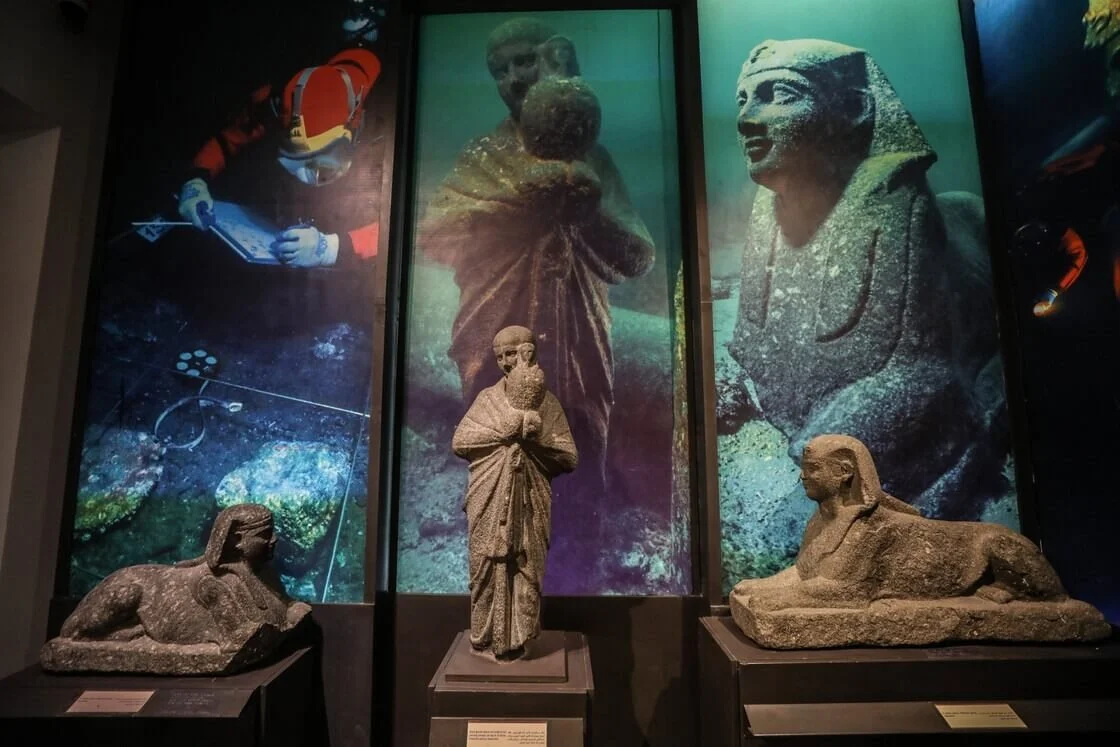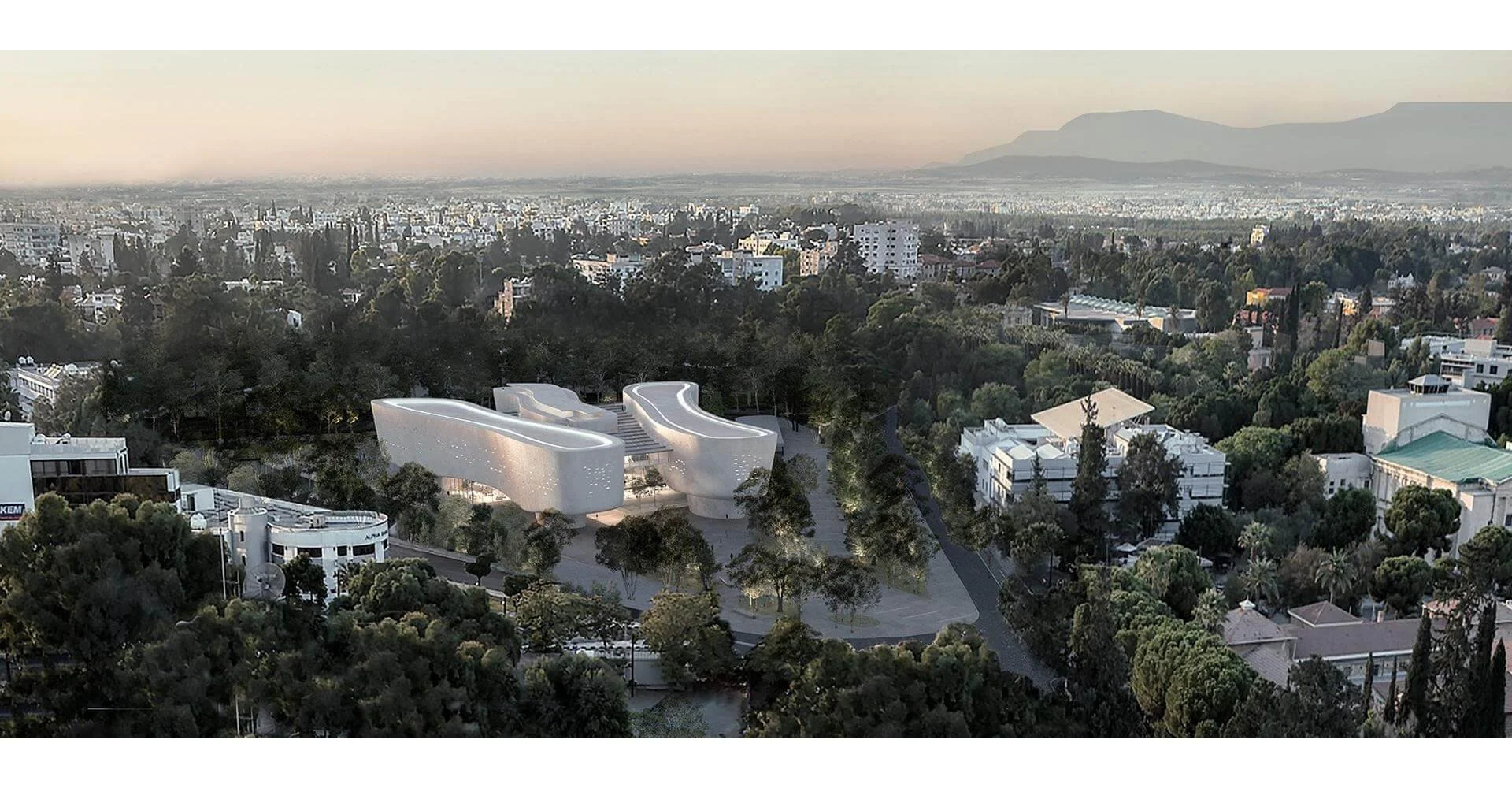Buhen: The Lost Fortress of Ancient Egypt's Southern Frontier
The fortress of Buhen stands as a testament to ancient Egypt's military ingenuity and strategic prowess. Located on the west bank of the Nile in what is now northern Sudan, Buhen was not merely a military outpost but a complex urban center that played a pivotal role in Egypt's control over Nubia, particularly during the Middle Kingdom. The fortress is a fascinating example of how the Egyptians integrated military, economic, and administrative functions into one highly fortified settlement. Despite its submersion under Lake Nasser following the construction of the Aswan High Dam, Buhen's legacy endures through archaeological records and the artifacts recovered from its depths.
The history of Buhen is intertwined with the broader narrative of Egypt's imperial ambitions in Nubia, a region rich in resources and strategically important for controlling trade routes. Over the centuries, Buhen witnessed numerous shifts in power, from Egyptian to Kushite control and back again, reflecting the dynamic and often contentious relationship between Egypt and its southern neighbor. This article explores the architectural marvels, economic activities, and the historical significance of Buhen, shedding light on a fortress that, while physically lost, remains a symbol of Egypt's enduring legacy in Nubia.
Architectural Grandeur and Military Engineering
The construction of Buhen began under Pharaoh Senusret I of the 12th Dynasty, but it was under the reign of his successor, Senusret III, that the fortress reached its full potential as a military stronghold. The fortress, covering an area of 13,000 square meters, was a marvel of ancient military architecture. Its massive walls, made from stone and mudbrick, were an anomaly in Egyptian fortifications, which typically relied on less durable materials. These walls were approximately 10 meters high and 5 meters thick, fortified with a deep moat, drawbridges, and bastions, making Buhen one of the most impregnable fortresses of its time.
The interior of Buhen was equally impressive. Laid out in a grid system, the fortress housed a small town that included administrative buildings, storehouses, and residential quarters for the garrison, which at its peak housed about 3,500 people, including soldiers and their families. A central administrative hub, located in the northern part of the settlement, featured grand halls and chambers, some decorated with paintings and filled with weaponry, indicating its dual role as both a defensive structure and an administrative center. The fortress's design reflects the Egyptian approach to warfare, where architecture was a crucial element in both defense and the projection of power.
Economic Hub and Copper Production
Buhen was not just a military outpost; it was also a thriving economic center, particularly known for its copper production. The fortress's proximity to copper-rich regions made it an ideal location for metalworking activities. Archaeological excavations have revealed evidence of copper smelting operations dating back to the Old Kingdom, suggesting that Buhen played a significant role in Egypt's metal economy long before it became a military stronghold. The discovery of a copper 'factory' at Buhen points to the sophisticated metallurgical practices of the time, with copper ore being smelted and processed on-site before being transported north to Egypt.
In addition to copper, Buhen was a hub for other economic activities, including trade. The fortress was strategically positioned along the Nile, a major trade route, allowing it to control the flow of goods between Egypt and Nubia. The temple of Horus, built within the fortress by Queen Hatshepsut, further emphasizes Buhen's role as a center for both religious and commercial activities. Traders traveling between Egypt and Nubia would stop at Buhen to offer prayers and conduct business, making the fortress a key node in the economic network of ancient Egypt.
Historical Significance and Strategic Role
The strategic importance of Buhen cannot be overstated. Located near the Second Cataract of the Nile, the fortress was ideally situated to control access to Egypt from the south. The Second Cataract was a natural barrier, and by fortifying this region, the Egyptians could effectively monitor and control any movement along the Nile. During the Middle Kingdom, this was particularly important as Egypt sought to expand its influence into Nubia, a region rich in resources such as gold, ivory, and ebony. Buhen, along with other fortresses like Mirgissa and Semna, formed a defensive line that protected Egypt's southern frontier and ensured the stability of its trade routes.
Buhen's history is also marked by periods of foreign occupation, particularly by the Kushites during the Second Intermediate Period. The fortress fell to the Kingdom of Kush around the 13th Dynasty and remained under Kushite control until it was recaptured by Pharaoh Ahmose I during the early 18th Dynasty. This back-and-forth of control highlights the contested nature of Nubia and the importance of Buhen as both a military and symbolic prize. The fortress's ability to withstand multiple sieges and changes in control underscores its formidable design and strategic significance.
The Final Chapter: Submersion and Legacy
The fate of Buhen was sealed in the 20th century with the construction of the Aswan High Dam, which led to the creation of Lake Nasser. The rising waters of the lake submerged many ancient sites, including Buhen, which now lies beneath the water. Before the site was lost, extensive archaeological efforts were undertaken to document and salvage what could be saved. These rescue excavations, particularly those led by the Egypt Exploration Society under Walter Bryan Emery, provided valuable insights into the history and structure of Buhen. Artifacts recovered from the site, including items from the temple of Horus, are now housed in museums in Sudan and other parts of the world.
Despite its submersion, Buhen's legacy endures. The fortress is a symbol of Egypt's ancient military and economic power in Nubia, and it serves as a reminder of the challenges faced in preserving cultural heritage in the face of modern development. The story of Buhen is not just one of military might but also of the enduring relationship between Egypt and Nubia, a relationship characterized by both conflict and cooperation. As such, Buhen continues to be a subject of interest for archaeologists and historians, who see it as a key to understanding the complexities of Egypt's imperial ambitions in Africa.
Buhen, with its grand architecture, strategic importance, and economic significance, stands out as one of the most important fortresses in ancient Egypt's history. Although it now lies beneath the waters of Lake Nasser, the efforts to document and preserve its memory have ensured that Buhen remains an enduring symbol of Egypt's prowess in military engineering and its complex relationship with Nubia. As new discoveries and research continue to emerge, Buhen will undoubtedly remain a focal point for understanding the broader narrative of Egypt's imperial ambitions and its enduring legacy in Africa.


















